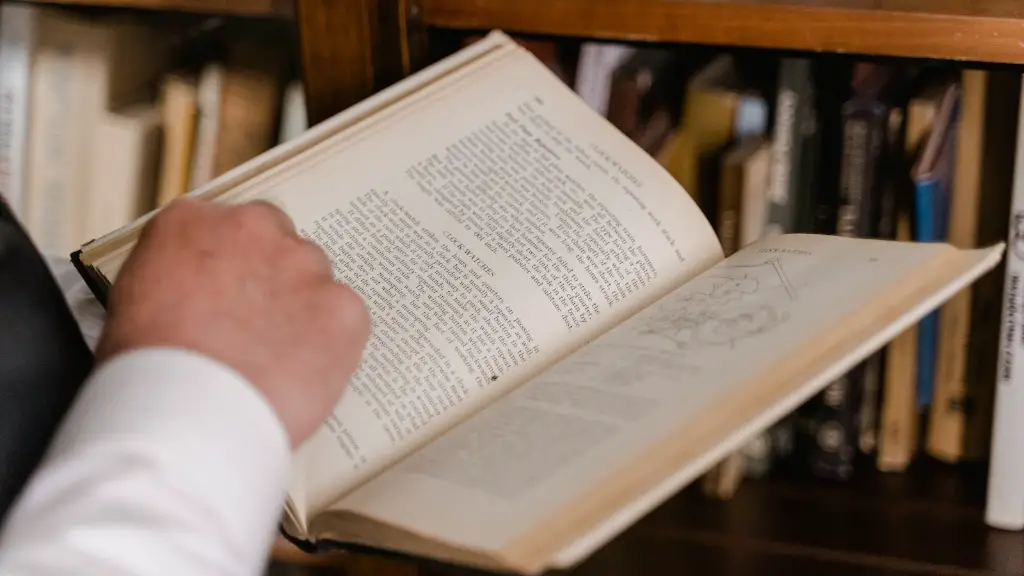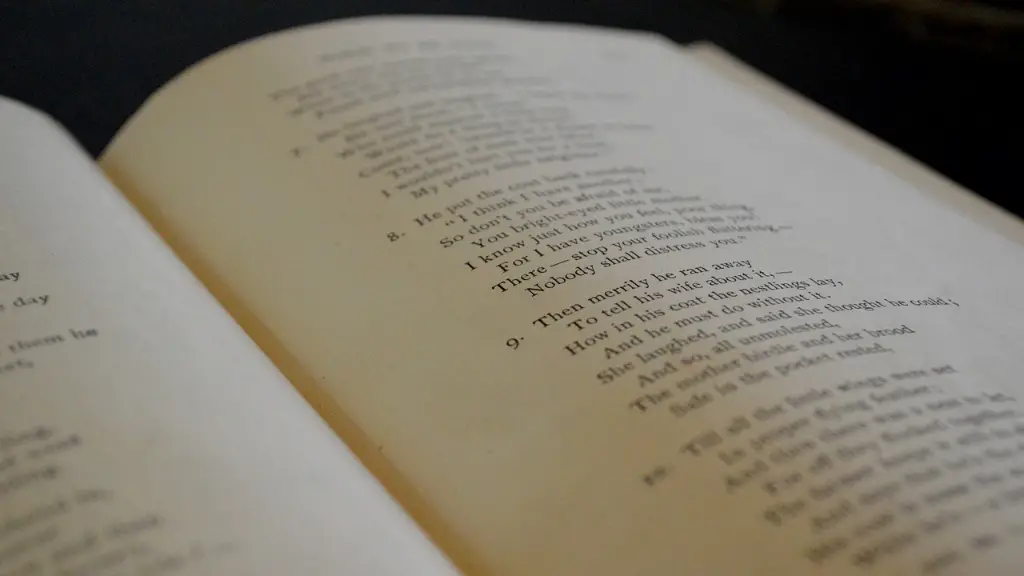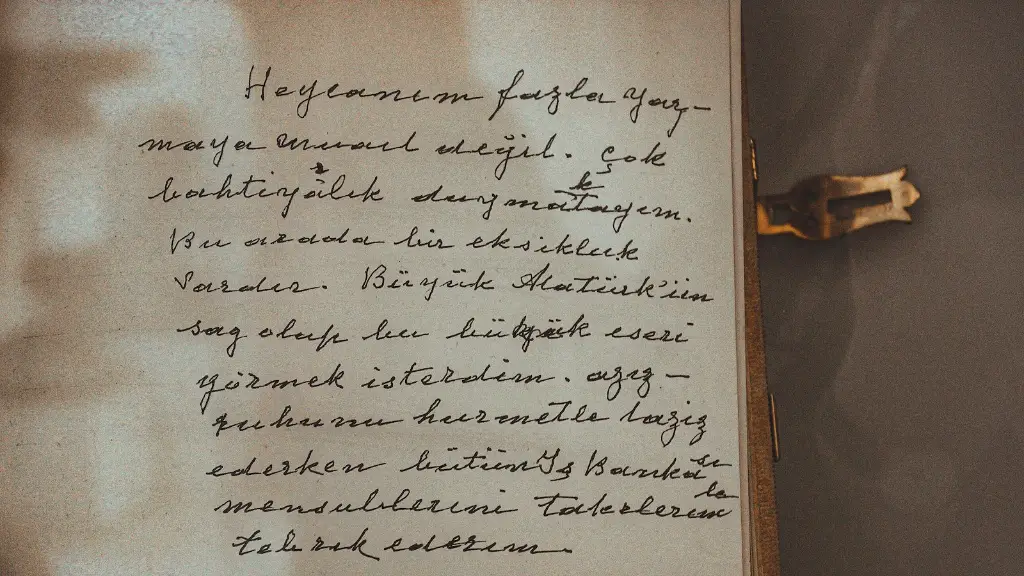Realism in poetry is a poetic approach to observe and depict the world as it is in reality. It is the opposite of idealism, which is a type of literature that focuses on idealized beauty and form rather than on the real world. Realistic poetry can be traced back to the Greco-Roman roots of Western literature. It focused on depicting reality as it was perceived, described, and experienced by the poet.
Often times, poems written in a realistic style lack an idealistic beauty and may contain coarse language. It usually includes blunt language on topics such as death, suffering, and despair which creates a strong emotional impact on readers. The poem is composed of facts and descriptions that are concrete and tangible. The aim is to capture the experiences of real life and the common reality in the whole world. The poet is often concerned with the emotions, observe and describe the details of life with vividness, accuracy, and objectivity.
Realistic poetry is heavily influence by the evolution of technology, culture, and societal norms. Social issues such as poverty, war, and consumerism are also explored through realistic poetry. It captures the moments of everyday life and explores real-world problems. Realistic poets often include details around people, place, physical environment, and dialogue among characters in the poem. To create the world in the poem, the poet utilizes sensory details to draw the readers into the poem, taking them into the actual experience.
In comparison to other forms of poetry, realistic poetry offers readers a straightforward description of the world. The language used is relatively simpler and plain as compared to romantic poetry. As it focuses on depicting reality, the poem tends to reflect the poet’s view of the world or evidence of the moment. It can be thought provoking and candid. The language used often takes on the desired emotion and tone of the poem.
Realistic poetry is popular among modernist and post-modernist writers. Through its language and imagery, the poet offers an honest depiction of their experiences and observations which creates an intimate connection with readers. It can be used to discuss complex socio-political issues and ideas. The poet draws on ordinary events of the world, creating powerful reflective images that provide an impactful perspective.
Leading Figures
Through the ages, many notable authors have used realistic poetry to communicate and share their thoughts. Emily Dickinson and Walt Whitman are two of the prominent poets who have used the form of poetry to effectively communicate their perspectives. Whitman is known for a style of poetry that captures the world as he saw it and creates a narrative around it. His poem “Song of Myself” is widely considered one of the most influential American poems of all time. Inspired by Whitman, Dickinson employed the same style of realism. Her pieces are noted for their insight into human experience, imagery, and her ability to capture and convey rare emotions.
Applications of Realistic Poetry
An essential aspect of realistic poetry is its ability to capture and show the different levels of human emotion. As such, it can be used to explore and depict challenging and sensitive topics. It does not seek to ‘sugarcoat’ a topic but provides honest narrative and directness. Through concrete details and sensory language, it can be used to address everyday issues such as mental health, death, and grief. As such, it is widely used in therapy and in bereavement counselling.
Realistic poetry is also used to critique and analyse political events. Writers can use their art to communicate perspectives on socio-political issues such as racism and immigration. Poets criticizing the government and its policies have been a part of many protest movements and protests such as the civil rights movement and the Black Lives Matter movement.
Influence on Literary Movements
Realistic poetry has had a profound influence on literary movements throughout history. It has paved the way for other styles of writing and enabled writers to express their ideas in interesting and impactful ways. It allowed writers to push the boundaries of what was considered ‘acceptable’ and create innovative styles of writing. It inspired new use of language and imagery, pushing the boundaries of existing rules of what was considered poetry.
Most significantly, realistic poetry has impacted the way that we perceive the world. By offering readers honest, plain, and direct depictions of the world, it can open up discussions and perspectives of real-world topics that can be challenging to talk about. It can provide insights into how individuals see and respond to the world.
Limitations of Realistic Poetry
Realistic poetry is not without its drawbacks and limitations. As it focuses solely on the portrayal of reality, metaphor and creativity are often sacrificed. It is often seen as being too focused on the ‘negative’ side of life, as it often covers topics such as war, suffering, and despair. Furthermore, it is difficult to achieve a balance between expressing an experience honestly and sugarcoating it.
Another limitation of realistic poetry involves the inability to connect on an emotional level with readers. Even though they understand the pain and emotion of the poem, they often do not feel connected to the reality of the poem. Therefore, although realistic poems can bring awareness to social issues, they may not rally people towards a specific cause.
Role of Language
The extent to which realistic poetry succeeds depends a lot on the use of language. Realistic poets must be aware of the language they use and should carefully choose words that accurately convey the emotion and description. Good language usage and rhythm can give the poem an emotional power and a strong narrative structure. It allows the reader to understand and appreciate the different layers of the poem.
It is also important to note that a realistic poem should be concise and honest. Sentences should not be excessively long or descriptive. Poets should strive to capture the essence of an experience as clearly and as concisely as possible, without “padding” sentences with unnecessary information. This allows readers to identify more easily with the poem.
Conclusion
Realistic poetry is a style of poetry that seeks to capture the world as it is in reality. It focuses on describing facts over emotions and can be used to discuss complex social issues. Though it may lack the beauty of idealistic forms of poetry, it offers readers a straightforward description of the world and its inhabitants. Its application can range from bereavement counselling to political protests and has had a profound influence on literary movements. Its success depends largely on the usage of language and the poet’s ability to express experiences as clearly and as concisely as possible.



